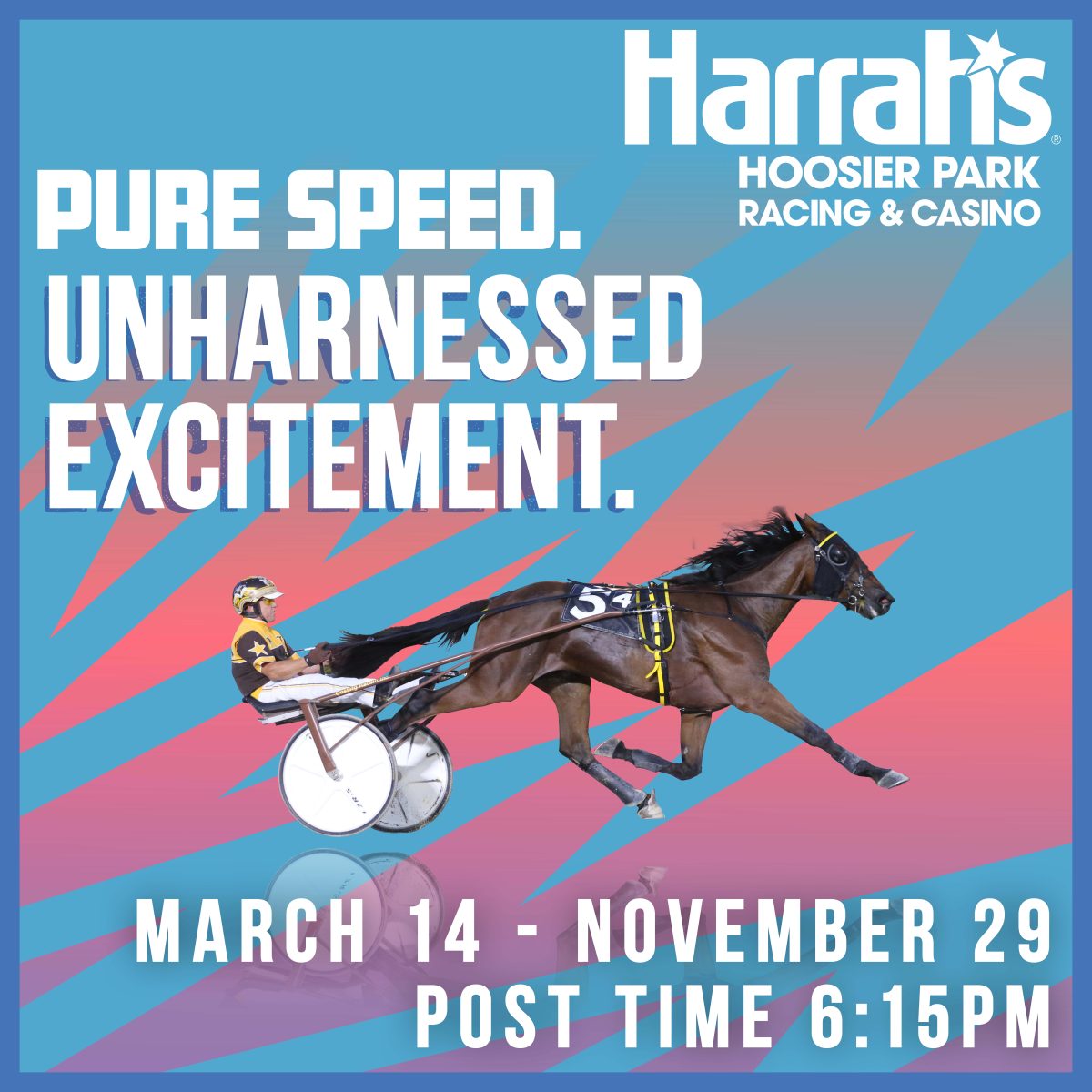Old friends and French Wine
by Alan Leavitt
I heard from two old friends after my last piece, Joel Kravet and Dino Romano. I salute them both, and I thank Kravet for his usual smart question, i.e. why aren’t the full brothers to good sires also successful?
The answer to Kravet’s question is that every stallion exists as a complete entity in his own right, with no regard for any similarities to any other horse, including his full siblings.
Although two horses may descend from the same two parents, their genetic make-ups, or genotypes, are totally different. Every mammal’s make-ups, including yours and mine, are created at the moment of conception, and each is totally different from all the others.
For us, as breeders, the trick is to figure out which stallions to breed to before they create a record of sire performance. This is especially so when deciding which studs are good bets to breed to in their second, third and fourth years.
Forget about a stallion’s pedigree when doing your matings. It’s irrelevant. All that counts in this regard is racetrack performances. For me, it’s the 2-year-old year at the track that holds the clue to the future success as a sire. As I’m tired of saying, and you’re tired of hearing, I’m supported in my 2-year-old belief by the greatest thoroughbred breeder of all time, Frederico Tesio.
There are a few old wives’ tales, including one foisted upon us by our parent organization, that need dispelling:
1. There is no such thing as a sire of sires. That’s my conclusion after watching the sport closely for a few more than a few years. That’s not to say that there aren’t all kinds of accurate stallion ratings by progeny, age, and sex, and they’re valuable. But I’ve never known any horse to sire so many successful sires that you could call him a sire of sires. And that’s because there just aren’t that many good sires at any one time in either gait.
2. The other misconception is called the Golden Cross. As John Gaines — more on him in a minute — pointed out, what our sport calls a Golden Cross has no scientific validity because it’s too narrow. To be truly meaningful, a study to find a true Golden Cross would have to examine the results of crossing a particular stallion to the daughter of every stallion in the breed.
Perhaps someday the USTA will do such a vast study, but until they do, there’s no such thing as a true Golden Cross.
Parenthetically, if there ever is such a scientifically valid study, my bet would be on the crosses that featured some degree of close breeding, i.e. either inbreeding or at least line breeding.
However, in the real world, there is the commercial aspect of our business, which explains why the big dogs among us will be standing what they regard as the best sons of Walner. From the business side of things, that’s a wise thing to do. For the rest of us, Oh, to be a big dog.
Now, down to cases, in this case Julie and Andy Miller’s French Wine, who just whupped Hambletonian winner Tactical Approach in 1:50 at the Red Mile.
French Wine is by Bar Hopping, by Muscle Hill, and out of Creamy Mimi, by Conway Hall, her second dam Cream Puff, by Pine Chip. You find no crosses in his pedigree closer that 4 by 4 to Valley Victory and another 4 by 4 to American Winner.
That makes French Wine line-bred to those two horses, although it’s by the narrowest possible margin.
Gaines, who was one of the smartest men ever to breed a horse, felt that a horse’s blood was so diluted from the time it made it through three descending generations as to be a non-factor.
Since a double hit of it is back there, as in French Wine’s pedigree, I’m inclined to think it could have an effect.
For those who don’t know, Gaines followed his father into the standardbred breeding business with the great filly Kerry Way, which he not only bred but raced to win the 1966 Hambletonian. John then switched to thoroughbreds.
John built Gainesway Farm into one of the leading thoroughbred farms with a great list of stallions, but he did something even more important for their business.
Using the nomination payment plan we’ve had since at least the early 1920s, John created the thoroughbred Breeder’s Cup, which became an instant classic. It was the guide for our instant classic, the Breeders Crown.
Back to French Wine, his open pedigree means a smart breeder can double up on several of his ancestors. One that springs to mind is daughters of Muscle Hill sons.
That sounds more complicated than it is. In essence, the point is to inbreed to something like a 3 by 3 cross, or even 2 by 3. You want to have good individuals who are close to flawless in every respect when you breed close like this, because every quality, good and bad, is enhanced by inbreeding.
Inbreeding is not for the timid, and it’s also not for a market breeder, at least not with any yearling he’s planning to sell. But it can generate enough sparks to start a full fire when it works. To plagiarize from Serge Godin’s former stable name, Synergy is what inbreeding is all about.
And if you want a definition of synergy, try 2 plus 2 equals 8.
















